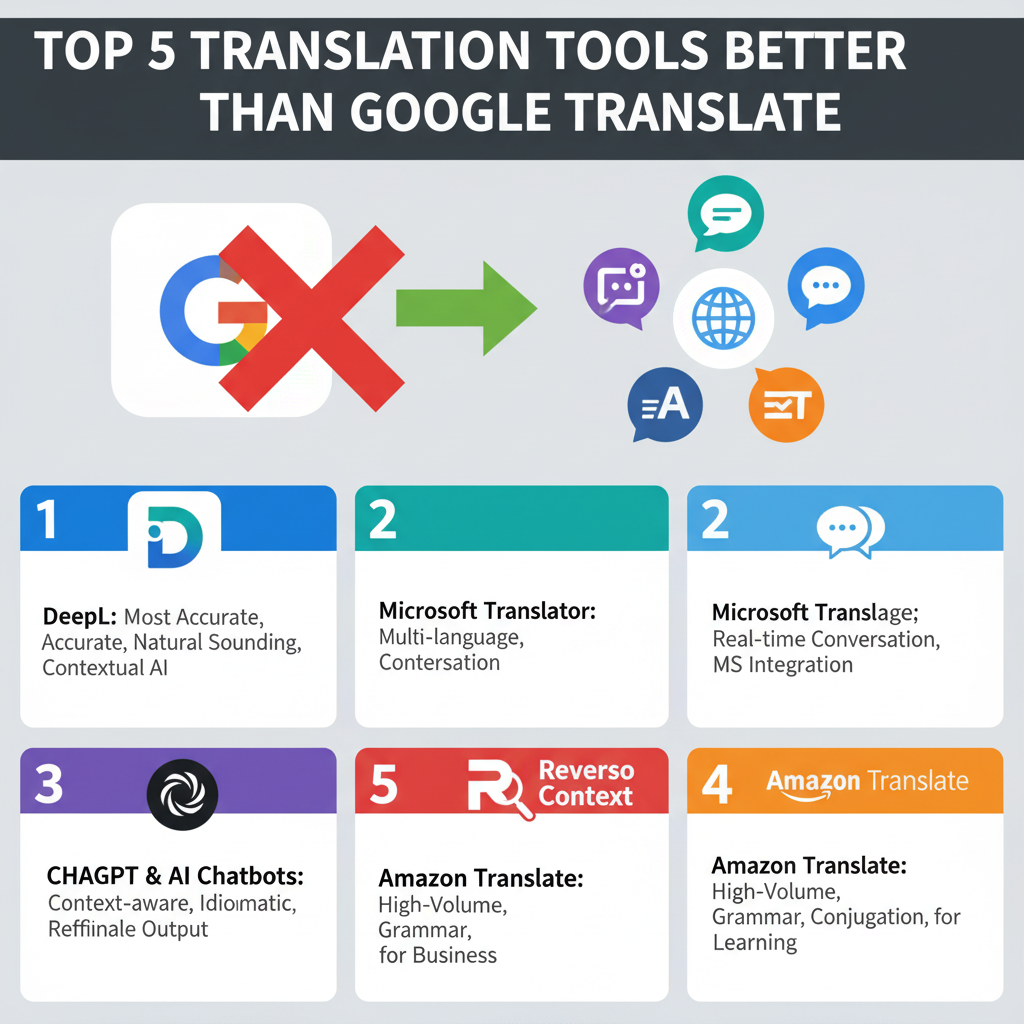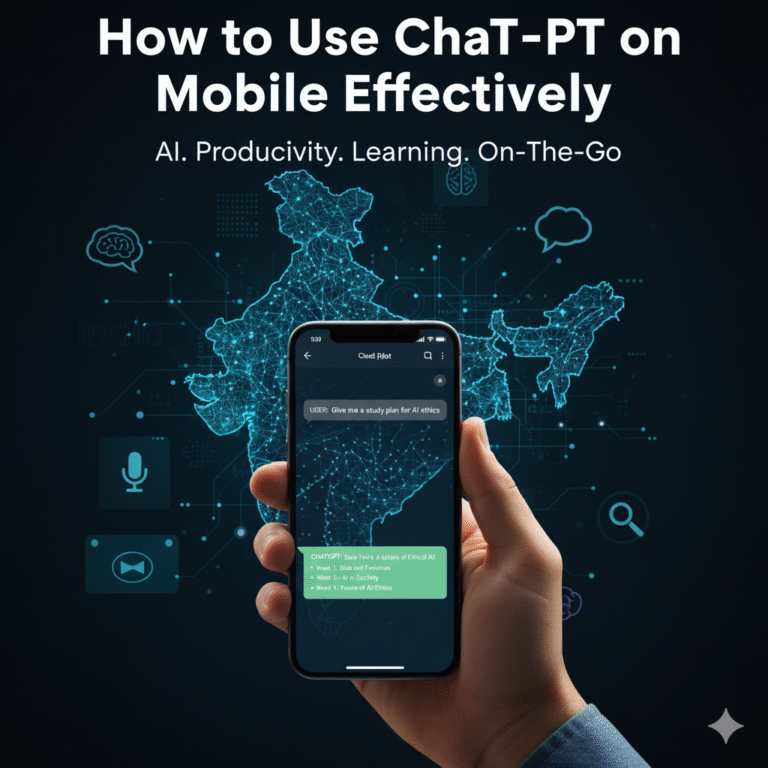
In today’s globalized world, accurate translation tools are essential for communication, business, learning, and content localization. While Google Translate is the most popular option, it isn’t always the most precise or context-aware. Fortunately, several other tools offer superior translation quality, advanced features, and professional-grade results. In this article, we explore the top 5 translation tools better than Google Translate, highlighting their unique strengths and practical applications.
1. DeepL – The Leader in Accurate Translation
DeepL has gained worldwide recognition for providing highly accurate and natural translations. Its AI-powered engine understands context, idioms, and nuanced language, making it ideal for professional and personal use.
Key Features
- Context-aware translations: Produces text that reads naturally in the target language.
- Multiple language support: Covers major languages in Europe and expanding to others globally.
- Professional tone options: Allows users to choose between formal and informal translations.
- Document translation: Supports Word, PowerPoint, and PDF files without losing formatting.
Why it’s better than Google Translate: DeepL consistently delivers more fluent and human-like translations, especially for complex sentences and business communications.
2. Microsoft Translator – Integration and Reliability
Microsoft Translator is a robust tool offering translations across devices and platforms. It excels in accessibility and real-time communication.
Key Features
- Real-time speech translation: Ideal for conversations and meetings.
- Multi-device integration: Available on Windows, iOS, Android, and web.
- Phrasebooks: Helps travelers and language learners with common expressions.
- Collaboration tools: Supports group conversations across languages.
Why it’s better than Google Translate: Microsoft Translator provides enterprise-level reliability, integration with Microsoft Office, and superior speech translation for live conversations.
3. iTranslate – Focus on Mobile and Travel
iTranslate is a versatile translation app tailored for mobile users. Its user-friendly interface and offline capabilities make it a favorite among travelers and language learners.
Key Features
- Offline mode: Translate without internet access.
- Voice recognition: Speak and instantly translate conversations.
- Dictionary and conjugation tools: Helps learners understand grammar and word usage.
- Multiple dialects support: Offers regional variations for precise translations.
Why it’s better than Google Translate: iTranslate provides better offline support, more dialect options, and tools specifically designed for travelers and learners.
4. SDL Trados Studio – Professional Translation for Businesses
SDL Trados Studio is a professional translation software widely used in the translation industry. It is perfect for businesses, agencies, and content creators needing precise translations and workflow management.
Key Features
- Translation memory: Stores previous translations for consistency across projects.
- Terminology management: Ensures uniform use of technical terms and branding.
- File format support: Handles complex formats like XML, HTML, and InDesign.
- Collaboration features: Teams can work simultaneously on large projects.
Why it’s better than Google Translate: SDL Trados Studio is designed for professional use, providing accuracy, efficiency, and consistency that Google Translate cannot match for business-grade translations.
5. Linguee – Translation with Contextual Examples
Linguee combines a dictionary with a search engine, offering translations supported by real-world examples from reliable sources. It’s particularly helpful for understanding context and proper usage.
Key Features
- Contextual translations: Shows how words and phrases are used in real sentences.
- Multiple language pairs: Offers translations for dozens of languages.
- Search-based interface: Allows users to verify translation accuracy.
- Integration with DeepL: Often uses DeepL’s engine for high-quality translations.
Why it’s better than Google Translate: Linguee helps learners and professionals understand meaning in context, reducing awkward or incorrect translations.
How to Choose the Right Translation Tool
Selecting the best translation tool depends on your needs:
- For Professional Business Translations: Choose DeepL or SDL Trados Studio for accuracy and workflow management.
- For Travel and Casual Use: iTranslate and Microsoft Translator provide convenience and mobility.
- For Learning Context and Usage: Linguee is excellent for understanding real-world examples.
Pro tip: Combining tools often yields the best results. For instance, using DeepL for main translation and Linguee for context verification ensures both accuracy and natural language flow.
Conclusion
While Google Translate remains a handy tool for quick translations, the platforms listed above offer enhanced accuracy, contextual understanding, and professional-grade features. By choosing the right tool, whether for business, travel, or language learning, users can achieve far superior results.
- DeepL for human-like accuracy.
- Microsoft Translator for real-time conversations and enterprise use.
- iTranslate for mobile and offline convenience.
- SDL Trados Studio for professional, large-scale translations.
- Linguee for context-driven understanding and examples.
Embracing these tools will transform your translation experience, making communication across languages seamless and effective.





